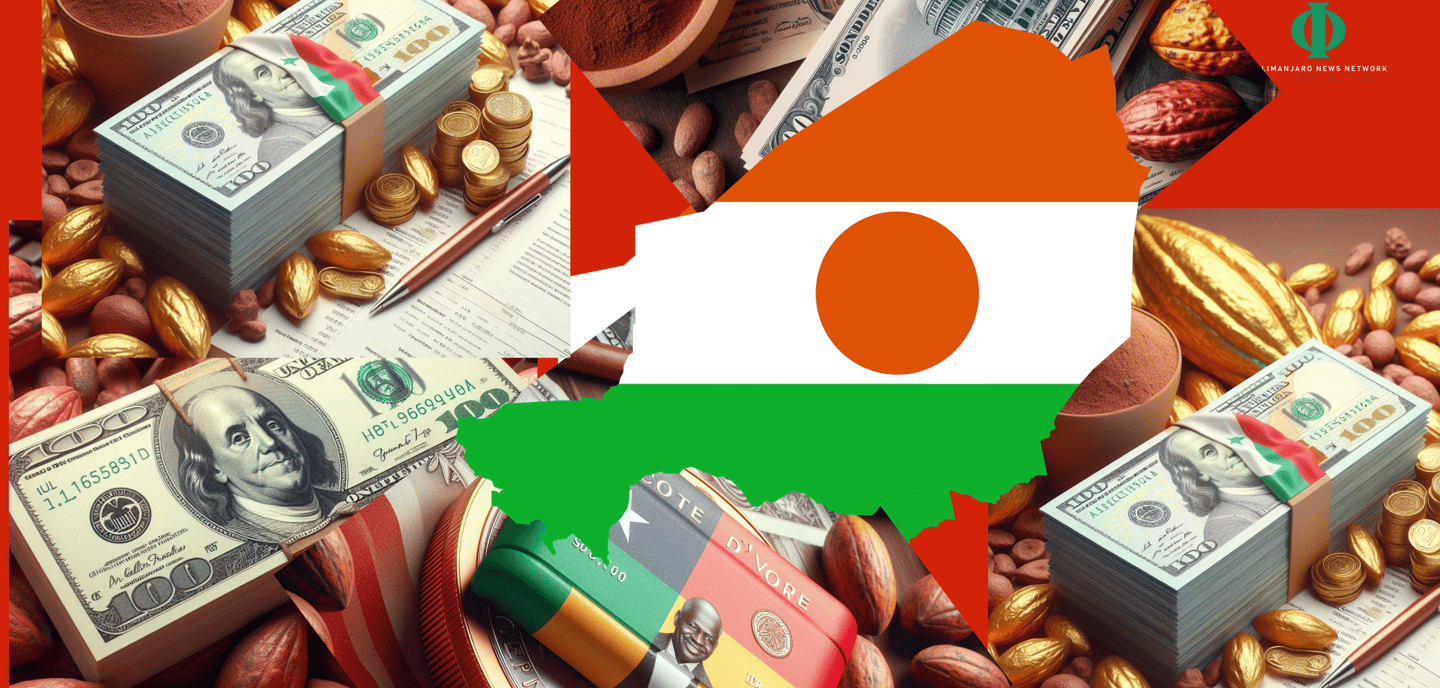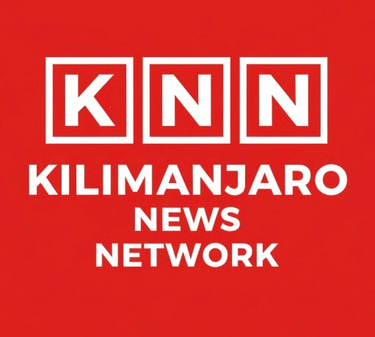Côte d'Ivoire's First Dollar Bond Issue Since 2015: A Calculated Gambit or Risky Bet?
In a move set to reverberate across the continent, Ivory Coast, the world's leading cocoa producer, is preparing to issue a new dollar-denominated bond, marking a potential turning point for sub-Saharan African issuers after a nearly two-year hiatus.
BUSINESS/FINANCE
1/24/20242 min read


Abidjan, Cote d'Ivoire: In a move set to reverberate across the continent, Ivory Coast, the world's leading cocoa producer, is preparing to issue a new dollar-denominated bond, marking a potential turning point for sub-Saharan African issuers after a nearly two-year hiatus. This bold step, driven by both budgetary needs and favourable market conditions, raises a crucial question: will it herald a triumphant return for Africa in the international bond market, or expose the nation to unforeseen risks?
Financing Ambitions Amidst Global Shifts:
Driven by a budget deficit and the need to fund infrastructure projects, healthcare, and education, Ivory Coast seeks to tap into the international capital markets. The timing appears opportune, with global interest rates stabilising and investor appetite for emerging market debt on the rise. The nation's relatively strong economic outlook, bolstered by rising cocoa prices, further enhances its appeal.
Dollar Dance in a De-dollarizing World:
However, the choice of issuing in dollars stands out against the backdrop of de-dollarisation, a global trend where countries are actively seeking alternatives to the US currency. Why then does Ivory Coast buck the trend?
Liquidity advantage: The dollar remains the most liquid and widely traded currency, offering access to a broader investor base and potentially lower borrowing costs.
Investor familiarity: Investors are well-versed in the dynamics of the US dollar market, facilitating easier assessment of risks and opportunities, potentially leading to higher demand and better pricing.
Currency fluctuation hedge: Issuing in dollars mitigates the risk of currency fluctuations for both Ivory Coast and investors, especially considering its CFA franc's peg to the euro and exposure to commodity price swings.
Benchmarking and credibility: By issuing in dollars, Ivory Coast benchmarks its debt against other international borrowers, potentially enhancing its credibility and attracting future investors.
Navigating the Tightrope: Risks and Uncertainties:
Despite these advantages, the dollar dance comes with risks:
US economic exposure: Debt repayment will be tied to the US economy's performance, making repayments more expensive during downturns.
De-dollarisation impact: An accelerated de-dollarisation trend could reduce demand for African dollar-denominated bonds, pushing up borrowing costs in the future.
Political and economic headwinds: Recent political tensions and the upcoming 2025 elections create uncertainty, while the high debt burden raises concerns about sustainability.
The Bond Market: Engine of Development or Debt Labyrinth?
For those unfamiliar, the bond market serves as a vital platform for governments and corporations to raise funds through debt issuance. Investors purchase these bonds, essentially lending money in exchange for regular interest payments (coupons) and eventual repayment of the principal (face value) upon maturity. The bond market's size and liquidity, estimated at over $100 trillion, make it a key player in influencing interest rates, credit availability, and overall economic health.
A Pivotal Moment for Africa:
Ivory Coast's bond issuance stands at a crossroads. If successful, it could pave the way for other African nations seeking to access international capital. But a misstep could dampen investor confidence and delay Africa's return to the global bond stage. The coming months will be crucial, as Ivory Coast navigates the complex interplay of opportunity and risk, demonstrating its ability to manage debt, maintain stability, and capitalise on its economic potential. Only time will tell if this daring move will mark a triumphant return or serve as a cautionary tale in the evolving story of Africa's debt landscape.

